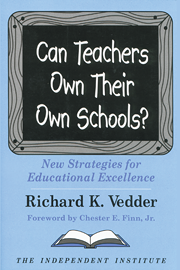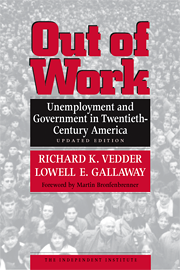As mentioned previously in this column, falling demand for colleges is leading to a decline in inflation-adjusted average college tuition fees. Colleges, however, have strongly resisted reducing their published tuition fees (sticker price), because some individuals pay the full amount, and the schools do not want to lose that revenue.
But all that is changing. The typical private liberal arts college discounts fees by some 50% on average. Some schools (e.g., Mills College, Drew University, Sweet Briar College, Elmira College) have decided they can get an advantage doing it another way: reduce the sticker price of college significantly (sometimes 30 % or more), lowering the discount rate simultaneously by giving less so-called “scholarship aid.” St. John’s College, with campuses in both Annapolis and Santa Fe, is combining a big (about one-third) reduction in published fees with a $300 million capital campaign to help fill the funding gap arising from lower tuition charges. Applicants will see a less shocking published fee, thereby hopefully stimulating more applicants and admissions. Most of the tuition-reducing schools hope that actual average tuition fees collected per student will show little change since the reduction in tuition discounting offsets lower published tuition fees. Lower published fees should especially increase applications from particularly price-sensitive lower-income students.
Often, at the margin, the revenue received from even a reduced tuition fee far exceeds the extra cost of educating one more student. Classes with 20 students enrolled will become classes for 21, but the extra expenses the college incurs is nearly zero (since the professor salaries are fixed and not dependent on class size). Schools with declining enrollments often have underutilized capacity so using lower prices to attract more students is smart. It is similar to cruise lines selling space at vastly reduced rates a day or two before the sailing date to fill up their unused capacity.
This even occurs some at professional schools. A recently graduated student of mine was accepted and actually attending campus orientation at a good mid-quality law school when he received a call from a more prestigious top 20 ranked institution offering him admission at well below the sticker price (that school presumably had an admitted student that did not show up). My former student instantly shifted to the more prestigious school –a couple days before classes began.
A mid-quality Ohio school, Capital University (ranked 568th in the latest Forbes Best College rankings), has announced a variation on these tuition reduction schemes: a 50% tuition reduction (called the “Good Guarantee”) applicable only for students from families who work in “mission-centered” careers in nonprofit or public sector jobs like teaching, the military, or the ministry.
I talked to Beth Paul, Capital’s president. She stressed that financing college is particularly hard on middle-income folks–the poor get generous scholarships, while the rich can afford even the high published tuition fees. People in public service usually have mid-sized incomes and are dependable, hard-working and public-spirited. Dr. Paul agrees that tuition-driven schools like Capital are facing challenging times and need to be distinctive, but she doesn’t subscribe to the idea that the way to do it is to start some new trendy major that the college is ill-equipped to offer. Targeting students this way strikes me as a reasonably attractive alternative approach.
There is still another variation on the fee reduction approach: offer to match (or undercut) fees set by competing schools. Apparently, some schools (for example, California Lutheran, the University of Maine) have been doing this some for years, but recently others have started (Atlanta’s Oglethorpe University, Pittsburgh’s Robert Morris). If you have high test scores and have been accepted at Penn State or the University of Pittsburgh, an applicant that Robert Morris wants will pay $3,000 less than at those other schools.
None of these schemes were common 15 years ago, because enrollments nationally were rising and most schools had little problem attracting enrollments consistent with institutional goals. Now enrollments have fallen for several years (the data are not yet in on fall 2018), and some schools heavily dependent on tuition fees are desperate to get students to fill small classes.
More and more, schools are changing their ways, trying to keep market-driven “creative destruction” from destroying them. This, I think, is for the good.













